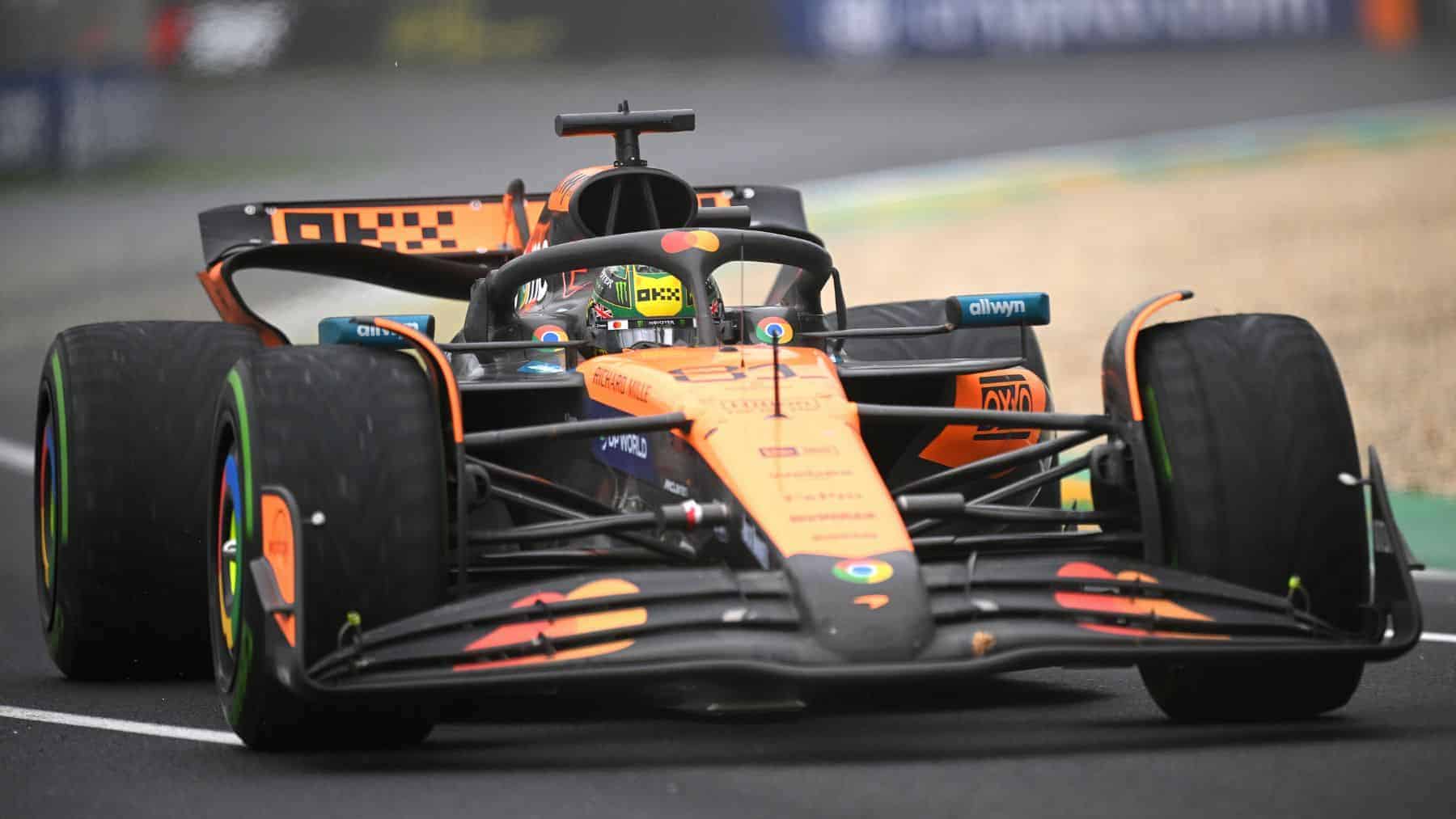The Fédération Internationale de l’Automobile (FIA) continues to tighten the net on Formula 1 spoiler deflections. At the Australian Grand Prix the organisation made the first ‘declaration’ of application of the new technical directive TD018, paying special attention to the control of rear wings by means of high-quality cameras.
The purpose of this requirement is to prevent single-seaters from circumventing the rules through aerodynamic solutions that pass the static type tests previously established. The FIA has expressed its firm intention to stop this practice, which has been increasing since the end of 2024, and which also affects the performance of single-seaters at low speed in a straight line or corner.
Pierre Waché, Red Bull‘s technical director, referred to this issue in Bahrain, suggesting that there are some teams that continue to use an alternative version of DRS. The FIA, after reviewing the images that the cameras had collected in Australia, has confirmed its hypothesis and intends to make immediate changes to the regulations.
New technical directive for the Chinese GP
After what happened in Melbourne, the FIA informed the teams that the new modification in the revision of the technical directive will be applicable and will be effective as of the Chinese Grand Prix. The most important modification affects article 3.15.17 of the regulations, which regulates the separation between the mainplane and the wing.
In the previous version, this distance could be up to 2 mm (750 N load); now it is stated that there is only a distance of 0.5 mm, which translates into a 75% reduction in the permitted tolerance, although in the Chinese GP the tolerance will be 0.25 mm more due to the shortage of time.
In this new test, the test will be carried out by placing a vertical load at the ends of the spoiler, which will ensure that the deformation reached by the spoiler remains within set limits.
Impact on the teams on the grid
The new rules could have a significant impact on the performance of some cars. In the Australian source, the data showed that DRS made the difference between open and closed flap 23 km/h. In particular, Mercedes achieved 24 km/h, McLaren and Red Bull 23 km/h, and Ferrari 22 km/h, which would be an increase in speed of about 8% on average.
And although the FIA has not mentioned any team specifically, it is understood that some of them could be more disadvantaged than others. The organisation intends a generalised application of these rules so that none of the teams gain an advantage.
The FIA war on aerodynamic deflections
For several months now the FIA has been conducting a more exhaustive examination of aerodynamic differences. Despite the memorandums of their technical directives, the teams have discovered ways to circumvent the static controls. For this reason, the Federation has been intensifying checks with advanced technology.
The arrival of the Chinese Grand Prix will mark the beginning of the regulation of these rules and will be a good time to check if they are good rules. The teams will have to face the new requirements and this could mean a shift in the balance of power on the grid. The FIA vs teams fight to regulate aerodynamics has only just begun and the following Grands Prix may bring more rule changes to ensure fair competition.

